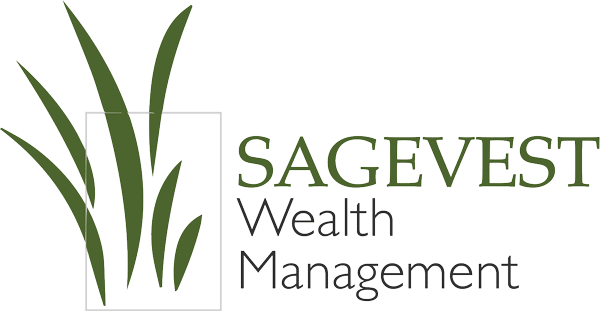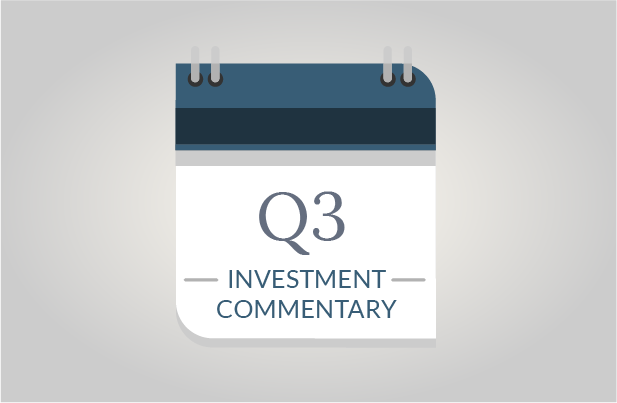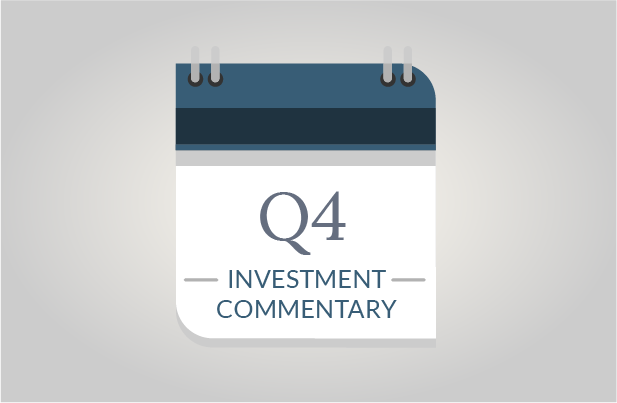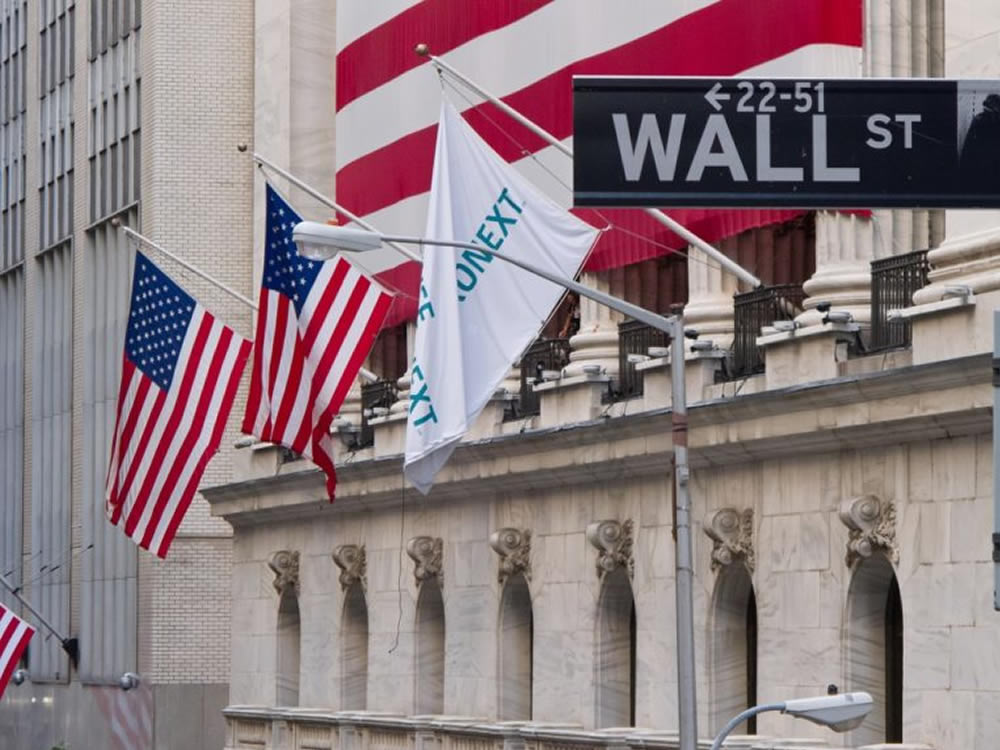Our domestic economy enjoyed a number of growth achievements in the third quarter, but investment results were mixed, with more negative results than positive in the wake of troubling global developments. The S&P 500 and the Barclays Aggregate Bond Index managed to post modest advancements of 0.62% and 0.17%, respectively. However, a far longer list of asset classes retreated, including US small-cap stocks down -7.36% and international equities down -5.27%, along with declines in real estate and commodities. The strongest sectors of the quarter were health care and technology. Energy and utility stocks fared worst.
Continued improvement in our US economy remains encouraging as we look forward, but our optimism is guarded given the increasing number of risk factors in the global environment, and weakness among broad equities, particularly small-cap stocks which have often led broad market rotations.
Economic Landscape
Our domestic economy gained stride in the third quarter, making up for a sluggish start to the year. GDP for the second quarter was recently reported at an estimated rate of 4.6% by the Bureau of Labor Statistics, and we expect another healthy growth rate for the third quarter. Consumer spending has been increasing thanks to an improving employment market, a strong US stock market, and rising home values. Acceleration in fixed investment, exports, inventory investment and government spending also supported growth, as well as a wave of corporate borrowing, merger and IPO activity as companies take advantage of a low rate and healthy stock market environment.
Globally, the economic landscape remains more challenging. The eurozone’s economy continues to struggle as debt and unemployment levels remain high. Tensions between Russian and Ukraine also took a heavy toll on an already fragile European economy, given Europe’s dependency on energy resources from the region. Fortunately, the European Central Bank continues to explore additional monetary action. Efforts have been slow to materialize into actions given the complexities of a multination currency bloc, but we anticipate action in the near future. Perhaps the greatest short-term benefit to Europe is a precipitously weakening euro helping to make European goods and services cheaper in the global marketplace.
Asia as a whole is growing, but it too is facing challenges. Its economic powerhouse, China, recently revised economic growth forecasts down to 6.8%. If correct, this would mark the lowest growth rate in China since the 2008 economic crisis, the notion of which has instigated concern about global growth demand. Chinese leaders are facing delicate decision making between how to stimulate the economy, while trying to curb a potential real estate bubble. Asia’s second powerhouse, Japan, is also facing headwinds after a strong 2013 recovery. Growth initiatives took a few steps backwards, notably after a tax increase in April that has stunted consumption.
Overall, the global economic landscape offers pockets of growth, particularly here in the US, but the level of global activity remains anemic in many areas of the world.
A Swath Of New Risks
In addition to global growth concerns, a number of risk variables impacted third quarter results, largely tempering upside potential domestically and impacting international performance. Risk variables can sometimes be predicted, but others arise without anticipation. Currently, we have a swath of risks, many of which were largely unpredictable, thereby potentially making them more difficult to evaluate long-term. Notably, these include ISIS terror threats and attacks, new military intervention, continuing Russian/Ukraine tensions, Middle East unrest, social protests in Hong Kong, and a spreading Ebola outbreak that has now reached the US and Central Europe.
If we look historically, geopolitical events have generally had little long-term impact on the markets, perhaps also explaining a level of general disregard in market reaction. We are hopeful that such history repeats itself. Nonetheless, each of these risks is meaningful and the number of risks on a combined basis is certainly worthy of investment consideration and portfolio positioning designed to manage risk.
The Fed
A relatively strong domestic economy, combined with a rapidly declining unemployment rate, has led the Federal Reserve Board to announce the end of quantitative easing (active buying of US government debt) this October. This marks the end of a historic program with aggregate purchases of more than $4 trillion over the past several years. Thus far, the stock and bond markets have largely disregarded the impending end to the Fed’s bond buying program. This is counter to widespread expectations that bond yields would move higher as the Fed stepped back as the largest buyer of US Treasuries.
The next ‘test’ will be if the markets can withstand Fed rate increases. The Fed has maintained a stance that the federal funds rate would remain low for a ‘considerable time’. However, the consensus among economists is that this language could change given the level of growth we are experiencing, particularly now that the unemployment rate has dipped below 6%.
Interest Rates
The potential for a rate increase is again prompting concerns about the outlook for bonds. A rate increase is important to monitor. However, we caution investors against knee-jerk reactions to possible Fed actions for several reasons. Bonds serve a critical role of securing liquidity to satisfy income needs, particularly for individuals utilizing investments for current income. Bonds also typically counteract periods of stock market volatility, as we saw in recent months when US Treasuries became safe haven assets in the wake of uncertainty. Furthermore, if we look to history, it is important to recognize that bonds actually performed well in a number of years when the Fed raised interest rates, meaning that there is not always a linear relationship between the federal funds rate and bond prices. Finally, we expect that any rate changes by the Fed will be modest at best. Our economy is growing, but not at a pace where inflationary concerns are paramount to warrant substantial rate increases. Rather, rate increases are expected to simply move us closer to a more ‘normal’ investment structure. In fact, the Fed fund rate could easily remain below historical norms for a period of time, hopefully creating a healthy environment for both stocks and bonds.
Valuations
We broached the topic of valuations in our last newsletter, noting that stocks are generally fairly valued, with some possible overvaluations in sectors such as biotech, social media and other technology areas. Our eyebrows go up when we see valuations of companies like King, the creator of the game Candy Crush, at $4 billion, Yelp at $4.5 billion and Twitter at $33 billion, especially when evaluating their long-term revenue models relative to, say, Fiat, a global automobile manufacturer, at $11 billion. Perhaps these hyped technology companies will produce long-term revenues to justify current valuations, but there is also concern that Silicon Valley could be enjoying a party like we haven’t seen since 1999, during the technology bubble.
Portfolio Positioning
Our outlook on the markets remains positive, yet with cautionary notes, particularly as so many global risk events remain center stage. SageVest Wealth Management is maintaining an overweight in equities and still favor US stocks to international equities. Allocations to bonds represent a smaller, but still meaningful component to portfolios, particularly as we see greater risk of a global economic slowdown relative to the risk that interest rates might skyrocket in an environment where much of the world is still trying to stimulate rather than curb growth. We are evaluating overall positioning relative to our comprehensive outlook, investment structures among managers, market cycle characteristics and client objectives.
As always, we encourage you to CONTACT US with any questions.
If you found this commentary interesting, please SUBSCRIBE.




